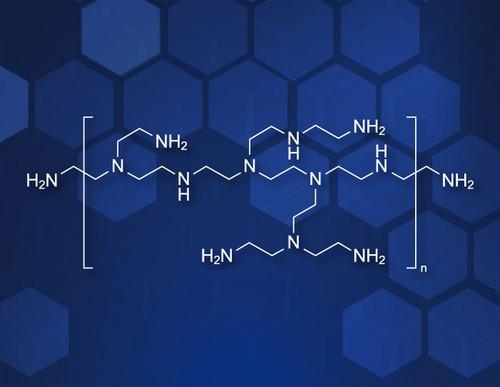
SZ-100-S2 Measurement Specifications
Model | SZ-100-S2 (particle size and molecular weight measurement only) |
|---|---|
Measurement principles | Particle size measurement: Dynamic Light Scattering |
Measurement range | Particle size: 0.3 nm to 10 μm |
Maximum sample concentration | 40 wt%*2 |
Particle size measurement accuracy | Measurement accuracy of ±2% for NIST traceable polystyrene latex |
Measurement angles | 90° and 173° (automatic or manual selection) |
Cells | Cuvettes |
Measurement time | Approx. 2 min. under ordinary conditions |
Required sample volume | Minimum volume of 12 μL*3 to 1000 μL (differs depending on cell material) |
Usable liquids | Water, ethanol, organic solvents |
*1: Mark-Howink-Sakurada Equation, depending on sample.
*2: Depending on sample.
*3: F Micro-cell.
SZ-100-Z2 Measurement Specifications
(Particle size and molecular weight measurement specifications are the same as for the SZ-100-S2.)
Model | SZ-100-Z2 (with zeta potential measurement unit) |
|---|---|
Measurement principle | Zeta potential measurement: Laser Doppler electrophoresis |
Measurement range | -500 to +500 mV |
Size range suitable for measurement | Minimum 2.0 nm, Maximum 100 μm*4 |
Measurement conductivity range | 0 to 20 S/m*5 |
Maximum sample concentration | 40 wt%*6 |
Cells | Dedicated cell with electrodes |
Measurement time | Approx. 2 min. under ordinary conditions |
Required sample volume | 100 μL |
Carrier fluids | Water |
*4: Depending on sample.
*5: Recommended sample conductivity range: 0 to 2 S/m.
*6: Depending on sample.
Analyzer Specifications (SZ-100-S2 and SZ-100-Z2)
Measuring unit optical system | Light source: Diode pumped frequency doubled laser (532 nm, S2 / Z2 10 mW, HS2 / HZ2 100 mW) |
|---|---|
Laser classification | Class I |
Operating temperature and humidity | 15 - 35 °C, RH 85% or less (no condensing) |
Holder temperature control temperature settings | 0 - 90 °C (up to 70 °C for cells with electrodes and plastic cells) |
Purging | Dry gas purge port tube connection is possible. |
Power supply | AC 100 - 240 V, 50/60 Hz, 150 VA |
Dimensions | 528 (W) x 385 (D) x 273 (H) mm (excluding protrusions) |
Weight | 25 kg |
Personal computer | Windows computer with one available USB port |
Interface | USB 2.0 (between measuring unit and PC) |
OS | Windows® 10 64-bit and Windows® 11 64-bit |
Dimensions (mm)

Accessories
Particle size cells

| Cell name | Min volume | Solvent | |
|---|---|---|---|
| A | Disposable cell | 1.2 mL | Aqueous |
| B | Semi-micro cell | 500 µL | Aqueous, non-aqueous |
| C | Glass cell | 1.2 mL | Aqueous, non-aqueous |
| D | Semi-micro disposable cell | 600 µL | Aqueous |
| E | Cell with lid | 1.2 mL | Aqueous, non-aqueous |
| F | Micro cell (90° only) | 12 µL | Aqueous, non-aqueous |
| G | Sub-micro cell | 200 µL | Aqueous, non-aqueous |
| H | Flow cell | 100 µL | Aqueous, non-aqueous |
Zeta potential cells

Disposable zeta potential cells for aqueous measurements. Box of 20 Volume = 100 µL

Non-aquoeus zeta potential cell. Volume = 100 µL

























